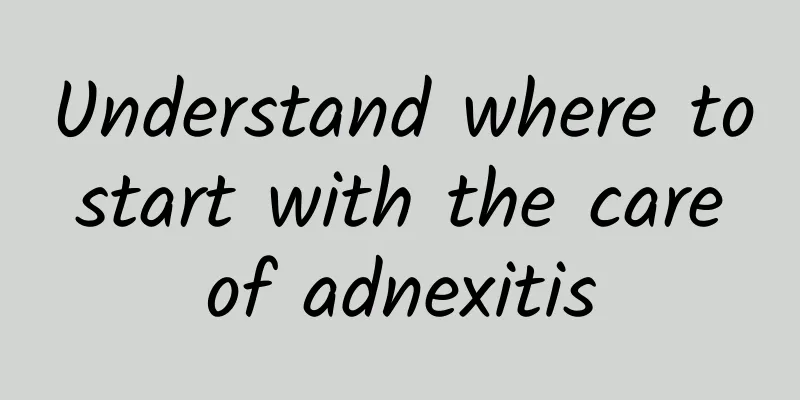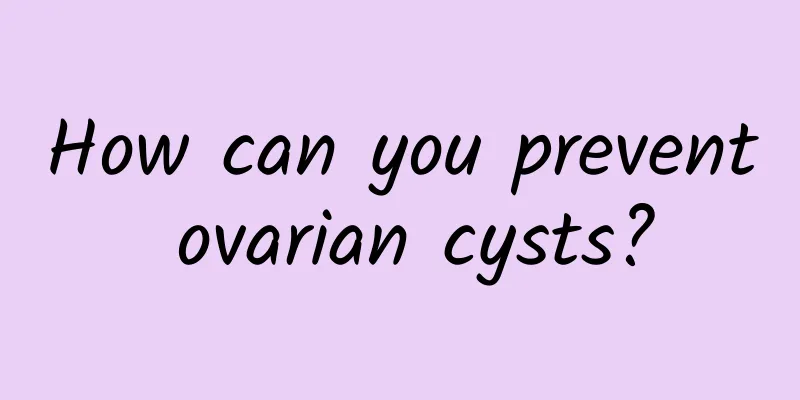How to use medication correctly for patients with pelvic inflammatory disease

|
How do patients with pelvic inflammatory disease use medication correctly? With the accelerated pace of life, many women suffer from gynecological diseases, pelvic inflammatory disease is one of them. There are many factors that induce the disease, so once we find the symptoms of the disease, we should actively treat it. So, how do patients with pelvic inflammatory disease use medication correctly? 1. Antibiotics are used to treat acute pelvic inflammatory disease: 1. Penicillin G: 2.4 to 10 million units per day, intravenous drip; after the condition improves, reduce to 800,000 to 1.6 million units per day, divided into several intramuscular injections. 2 Erythromycin: 1-1.5g per day, intravenous drip, plus kanamycin 0.5g, twice a day, intramuscular injection. 3. Gentamycin: 160,000 to 1.32 million units per day, intravenous drip or intramuscular injection in 2 to 3 times. 4Lincomycin: 0.3-0.6g each time, intramuscular injection three times a day. 5. Clindamycin: 0.6 g each time, intravenous drip, once every 6 hours. After the body temperature drops to normal, change to oral administration, 0.3 g each time, once every 6 hours. Provide adequate nutrition and fluid intake to correct electrolyte disorders and acid-base imbalances. 2. Chronic pelvic inflammatory disease should be treated with antibiotics in combination with vaginal medications: In the treatment of chronic pelvic inflammatory disease, while using antibiotics, you can inject drugs into the muscle and then use them in combination with vaginal medication. The drugs for treating pelvic inflammatory disease are not good, they are only suitable or not. Only by examining and determining the cause of the disease can we ensure the treatment effect of the right medicine. If a woman is infected with chronic pelvic inflammatory disease, the effect of drug treatment will not be as obvious as that of acute pelvic inflammatory disease, so drug treatment can only be used as an auxiliary treatment. At this time, to effectively treat pelvic inflammatory disease, a more effective treatment method needs to be selected. |
<<: What to do with adenomyosis and fallopian tube adhesions
>>: What to do if you have diarrhea after an abortion
Recommend
What causes cervical erosion?
Cervical erosion refers to ectopia of the cervica...
When is it more accurate to check for ectopic pregnancy?
How long after pregnancy can an ectopic pregnancy...
The consequences of two painless abortions
Two painless abortions may cause harm to the body...
What to eat for endometriosis
Endometriosis is very harmful to women's heal...
What tests should be done for abnormal leucorrhea
In women's lives, they may encounter abnormal...
Overview of unsafe abortion
Artificial abortion is something that many female...
What causes blood clots during menstruation?
What causes blood clots during menstruation? Peri...
Is back pain caused by pelvic inflammatory disease? Not necessarily
The occurrence of adverse symptoms such as low ba...
Uterine fibroids can only be treated surgically. What are the treatments for uterine fibroids?
Uterine fibroids are a relatively common gynecolo...
What is the reason for my daughter to have uterine fibroids? What is the reason for my little girl to have uterine fibroids?
What is the reason for my daughter to have uterin...
What foods are good for patients with cervicitis? Three dietary prescriptions have a good therapeutic effect on cervicitis
There are two types of cervicitis: acute and chro...
Drink unsweetened soy milk 30 minutes before meals to increase satiety
With the arrival of the long summer vacation, chi...
How to have an early abortion safely
There is generally no saying that "what is t...
What are the symptoms of habitual miscarriage? Pay attention to these 4 symptoms
Habitual miscarriage itself makes people feel sca...
Why can't you have sex after an abortion? How long after an abortion can you have sex?
Why can't you have sex after an abortion? How...









